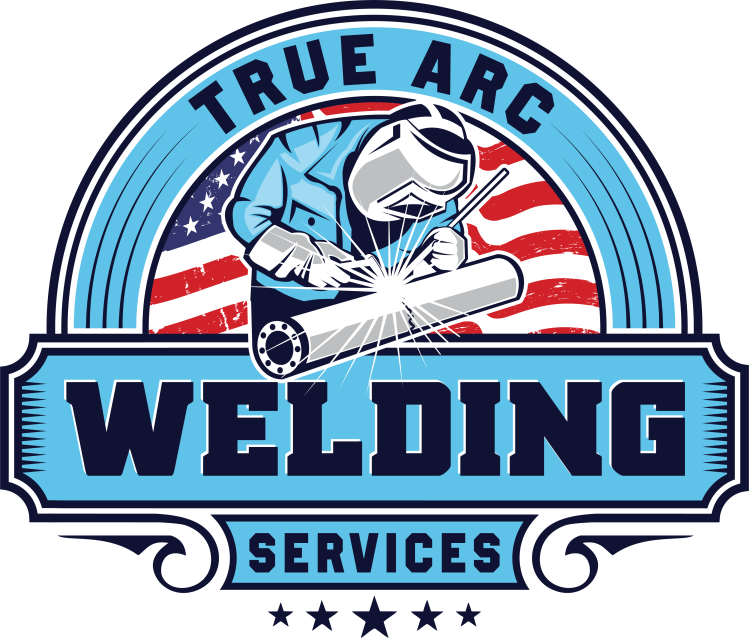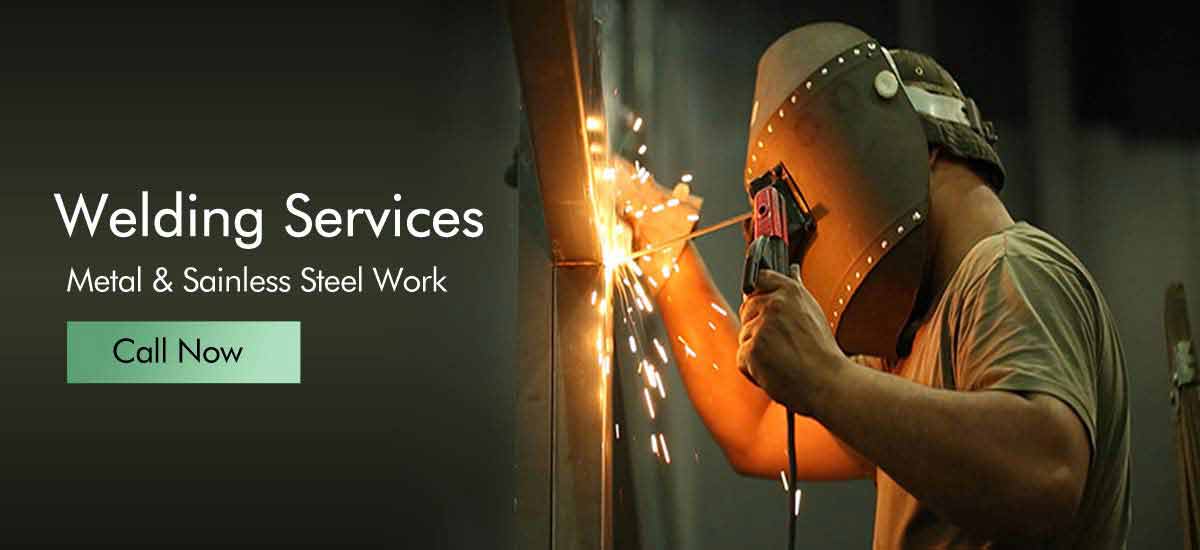Opening the Key Kinds of Welding Solutions for Your Tasks
In today's landscape of diverse welding services, recognizing the subtleties and applications of different welding strategies is vital for successful project execution - Welding Inspection Service. By deciphering the essential types of welding solutions available, one can browse the intricacies of selecting the most ideal technique to ensure accuracy, performance, and high quality in welding tasks.
Common Welding Methods
Numerous generally utilized welding strategies play vital roles in different commercial markets. One of the most extensively made use of methods is Gas Steel Arc Welding (GMAW), additionally recognized as MIG welding.
An additional preferred welding method is Gas Tungsten Arc Welding (GTAW), commonly described as TIG welding. TIG welding utilizes a non-consumable tungsten electrode to create the weld and requires a different filler product. This technique is favored for its control, precision, and ability to create high-quality welds on thin materials.
Shielded Steel Arc Welding (SMAW), or stick welding, is another vital approach where a flux-coated electrode is utilized to produce the weld. SMAW is known for its simplicity, adaptability, and suitability for on-site and outside welding applications. These common welding techniques are necessary for producing frameworks, machinery, and various equipment across markets.
Advanced Welding Processes
Advanced welding procedures encompass innovative techniques that press the limits of traditional welding techniques in terms of versatility, efficiency, and accuracy. One such procedure is laser beam of light welding, which makes use of a concentrated beam to sign up with metals with very little heat-affected zones, making it excellent for high-precision or fragile tasks. Additionally, electron beam welding employs a high-velocity electron light beam to produce deep welds in thick materials, offering phenomenal stamina and top quality.
In addition, rubbing stir welding is a solid-state joining process that uses a turning tool to develop frictional warmth, bonding materials without melting them. This method is particularly beneficial for signing up with light-weight alloys with premium mechanical residential or commercial properties. Another cutting-edge strategy is ultrasonic welding, where high-frequency ultrasonic vibrations are utilized to create solid-state welds in plastics, steels, and various other products, supplying tidy and quick joining options.
These progressed welding processes satisfy a varied series of commercial requirements, providing efficient, premium, and specific services for numerous tasks, from aerospace elements to automobile components and past.
Specialized Welding Applications

Automated Welding Solutions
In modern-day industrial setups, the execution of automated welding options has changed manufacturing processes by enhancing efficiency and precision. Automated welding systems utilize advanced technologies such as robotics, computer mathematical control (CNC), and man-made knowledge to carry out welding tasks with marginal human treatment (Welding Inspection Service). These systems provide countless benefits, consisting of raised productivity, boosted weld high quality, and reduced production costs
One trick benefit of automated welding remedies is their capability to constantly produce top notch welds, resulting in boosted general product quality. In addition, these systems can run constantly, 24/7, without the demand navigate to this website for breaks, leading to greater result levels and faster task completion times. By making use of automated welding services, companies can likewise minimize the threats connected with human error, making certain better accuracy and repeatability in the welding process.
Furthermore, automated welding remedies are extremely versatile and adaptable to numerous welding applications, from elaborate parts to massive frameworks. Whether in auto production, aerospace industries, or construction jobs, the assimilation of automated welding systems offers an one-upmanship by streamlining procedures and supplying remarkable welding results.
Innovative Welding Technologies
The advancement of automated welding solutions has paved the method for the assimilation and improvement of innovative welding innovations in modern-day commercial applications. One such advanced technology is laser beam of light welding, which uses an extremely concentrated beam to sign up with steel components with precision and performance. This technique is specifically beneficial for jobs requiring elaborate welds on products with high melting useful site factors or for applications where very little heat-affected areas are critical.
One more cutting-edge welding technology acquiring appeal is rubbing mix welding (FSW), a solid-state joining procedure that produces high-strength bonds by creating frictional warmth between two pieces of metal. FSW is commonly made use of in sectors such as aerospace and auto for its capability to generate welds with remarkable mechanical residential properties and improved structural stability.
Additionally, electron light beam welding (EBW) is a sophisticated technique that uses a beam of high-velocity electrons to develop specific, deep welds in metal components. This innovation is preferred for its capability to bond different steels and materials with differing densities effectively. As markets remain to require greater top quality and efficiency in welding procedures, these cutting-edge technologies are positioned to play a substantial function fit the future of commercial welding applications.

Final Thought
In conclusion, recognizing the key sorts of welding solutions is important for successfully finishing a range of jobs. From common welding strategies to sophisticated procedures, specialized applications, automated remedies, and ingenious modern technologies, each approach uses distinct advantages and applications. By acquainting on your own with these numerous welding options, you can choose one of the most suitable approach for your certain project demands and achieve top notch outcomes.
In today's landscape of diverse welding services, understanding the nuances and applications of various welding strategies is critical for successful job execution. By deciphering the key types of welding services available, one can navigate the ins and outs of choosing the most appropriate strategy to ensure precision, effectiveness, and top quality in welding jobs. As we embark on this exploration of welding services, a much deeper insight into the globe of welding awaits, encouraging understandings that can boost the results of your projects.
